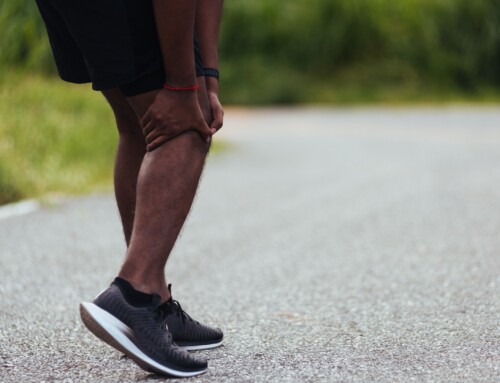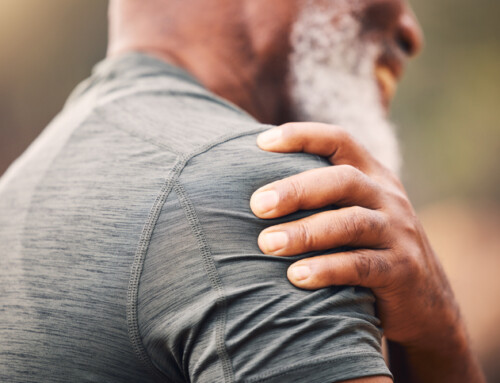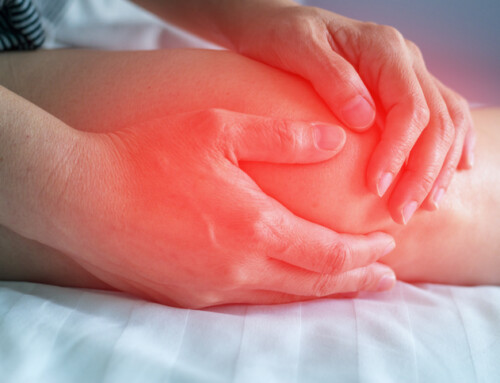Do Achilles Tendon Injuries Ever Heal?
An Achilles tendon injury feels like a death sentence, but PT for Achilles tendinopathy can help! If you’re a runner, a dancer or tennis player, an injury to that small part of the body can keep you from participating in what you love. The frustration of inactivity can be even worse than the pain caused by inflammation, and rehabilitation seems slow. Even if you engage in regular physical activity, tendinopathy can make it painful just to walk. For those suffering with Achilles tendon injuries, there is hope for healing and a return to normal physical activity.
Challenges of Tendinopathy Management
Part of the problem with tendinopathy management is that it takes time. The injury occurs most frequently in people who are athletic, with 68 percent of ruptures occurring during sports participation. People who experience Achilles tendon injuries tend to be active, and they have a hard time sitting still long enough for injuries to heal, even if they have foot and ankle pain. Often, Achilles pain doesn’t flare until after physical activity, so patients may not realize they are irritating an injury until the next day.
They may continue to walk or attempt to participate in sports, exacerbating the problem when leg muscles contract against the injured tendon. As the injury gets worse, the tendon breaks down and takes longer to heal.
Often times, chronic Achilles tendinopathy requires an intensive strengthening program for pain relief and restored function.
The Stages of Tendinopathy
Understanding the continuum of tendinopathy helps patients understand both what causes it and how to manage it.
- Reactive tendinopathy – When tendons suddenly experience an increased load, they swell in reaction. When runners drastically increase their mileage or reduce rest days, or basketball players change their training regimen, the tendon becomes swollen, thick and stiff. Reducing load and increasing rest can allow the tendon to heal.
- Tendon disrepair – If overload continues, the tendon continues to break down. Imaging shows increased vascularity and localized change. Rest along with focused rehabilitation are necessary to return to normal use.
- Degenerative tendinopathy – Vessels and cells begin to break down, and tendon compromise is visible through ultrasound or MRI. Degenerative tendinopathy is more common with older athletes, although it occurs at any age with chronic tendon overload.
How to Encourage Healing
Athletes dislike sitting out for any length of time, and the weeks or months it takes for mild tendinopathy to heal can feel like an eternity. Putting off physical therapy can result in a longer recovery period. A physical therapist will provide recovery support through the following:
- Stretching – Tendinopathy causes tendons to become thick and stiff. Flexibility exercises allow it to heal without shortening.
- Strengthening – Patients lose strength when they are unable to engage in their regular level of physical activity. Strengthening exercises prepare the muscle to function normally again and make it strong enough to avoid another injury.
- Heat therapy – Physical therapists may use ultrasound to increase circulation and speed healing.
- Massage – Manual therapy also increases circulation and flexibility in the calf and ankle to heal more quickly and prevent further trauma.
Are you experiencing pain, tightness, stiffness or swelling in your ankle or the back of your heel?. Visit one of our two physical therapy clinics, where we manage Achilles tendon injuries for patients in Saratoga, Ballston Spa, Queensbury and Glens Falls regions.






